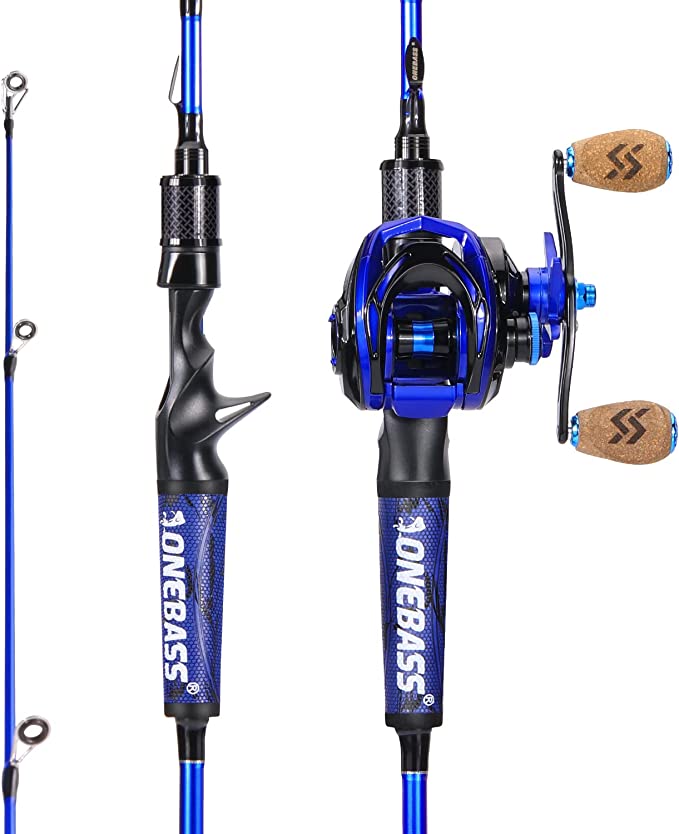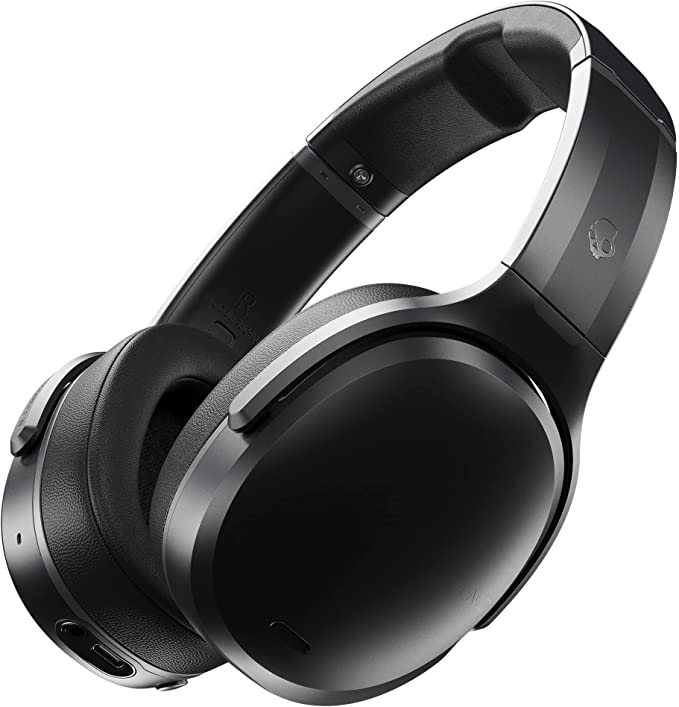Spills Happen: How the Right Mat (and a Bit of Science) Keeps Your Coffee Station Clean and Safe
Update on April 13, 2025, 5:28 a.m.
The ritual often starts before conscious thought fully dawns. The rich aroma of coffee beans, the rhythmic hum of the grinder, the gurgle of hot water transforming grounds into liquid comfort. For millions across North America, that first cup of coffee isn’t just a caffeine delivery system; it’s a cherished pause, a moment of personal calibration before the day’s demands surge in. Yet, even this sanctuary of sips isn’t immune to the small frictions of physics and fluid dynamics.
Think about it: the stray splash of dark liquid as you pour, the errant grounds escaping the filter, the damp ring left by a cooling mug, the slight skid of the coffee maker itself on a smooth counter. These aren’t catastrophes, but they are tiny intrusions – smudges on the canvas of a calm morning, demanding a swipe of a cloth, a moment of cleanup that pulls you, however briefly, from the warmth of the ritual. It’s the countertop conundrum: how to protect this central hub of the morning routine without sacrificing aesthetics or adding more chores?
Enter the coffee mat, an accessory evolving beyond mere decoration. Consider the KuLuc Light Curry Coffee Mat (16”x24”). It presents itself not as a passive placemat, but as an active participant in maintaining kitchen harmony. Its promise lies in leveraging the distinct properties of its layered materials – Polyester, Polyurethane (PU) foam, and Rubber – to tackle those everyday spills, slips, and stains. But how exactly does this unassuming rectangle work its quiet magic? Let’s peel back the layers and explore the unsung science woven into its very fabric.

The First Line of Defense: A Polyester Shield Against Splashes
Imagine the mat’s surface, the part that greets your coffee maker and mugs. In the KuLuc mat, this is often crafted from Polyester. What does that mean for your countertop? Polyester is a polymer, a long chain of repeating molecular units. This structure allows it to be manufactured into fibers that create a relatively smooth, tightly woven surface. Compared to the porous nature of natural stone or the grain of wood, a polyester surface presents fewer microscopic valleys for liquids and grime to immediately seep into.
This is where the claim of [Easy to Clean] finds its scientific footing. When a small coffee splash or a drop of cream lands on the polyester top, it tends to bead up initially, much like raindrops on a well-waxed car or a good raincoat. This phenomenon relates to surface tension and the relatively low surface energy of polyester. The liquid molecules are more attracted to each other than to the mat’s surface, making them easier to simply wipe away before they have a chance to penetrate or dry into a stubborn stain. The [Resistant to Dirt] quality likely stems from this same principle – dirt particles and dried liquid residue find fewer crevices to cling to, simplifying cleanup. It’s not an impenetrable shield, but it buys you precious time and reduces scrubbing effort, contributing significantly to kitchen hygiene where food and beverages are prepared. The smooth, perhaps slightly textured feel under your hand is a direct result of this material choice, designed for function as much as form.

Delving Deeper: The Thirsty Heart of PU Foam
While the polyester surface elegantly handles minor splashes, what happens when there’s a more significant spill – an overfilled mug, a carafe tipped slightly too far? This is where the mat’s hidden engine, its absorbent core likely made of Polyurethane (PU) foam, springs into action. If you could zoom in with a powerful microscope, you wouldn’t see a solid block. Instead, you’d find an intricate, three-dimensional network of interconnected pockets or cells, much like a high-tech sponge or a natural honeycomb.
This structure is the key to the mat’s claim of being [Super Absorbent]. When liquid encounters the PU foam, a fascinating physical principle called capillary action takes over. Imagine countless microscopic straws sucking the liquid inwards. The surface tension of the liquid and the adhesive forces between the liquid and the narrow walls of the foam’s pores work together to draw the moisture into the mat’s core, away from the surface and, more importantly, away from your countertop. It actively “pulls” the spill inward, trapping it within its porous labyrinth.
This is why mats like these are also effectively marketed as [Dish Drying Mats]. Place washed mugs or espresso machine parts on it, and the PU foam core diligently wicks away the drips, preventing puddles from forming underneath. While the total absorbency is naturally limited by the mat’s overall thickness (listed as 0.14 inches for the KuLuc mat), the PU foam structure is engineered to maximize moisture capture within that volume. It acts as a silent reservoir, managing moisture until the mat can air dry or be cleaned.
The Ground Floor: Rubber’s Unyielding Grip and Gentle Protection
A mat that slides around is not just annoying; it can be a minor hazard, potentially leading to spills or even a bumped coffee maker. The KuLuc mat addresses this with its [Anti-Slip] base, attributed to its Rubber bottom layer. Rubber’s effectiveness here boils down to a fundamental property: a high coefficient of friction.
Think of friction as the force that resists motion between surfaces in contact. At a molecular level, the flexible chains of rubber molecules can conform closely to the microscopic irregularities of your countertop. This creates numerous points of contact and significant resistance to sideways movement. It’s the same principle that gives car tires their grip on the road or helps your sneakers hold firm on the pavement. The rubber base essentially “grabs” onto the counter, keeping the mat – and everything placed upon it – securely in place, adding a crucial element of safety and stability to your coffee preparation area.
But the rubber layer offers another, often overlooked, benefit: [Heat Resistance]. Rubber is a poor conductor of heat, meaning it acts as an insulator. While you wouldn’t place a red-hot pan directly on it, the rubber base provides a protective buffer between the residual heat radiating from the bottom of a coffee maker or a freshly filled mug and your sensitive countertop surface. Materials like granite, quartz, laminate, or wood can potentially discolor or suffer minor damage from prolonged or repeated exposure to moderate heat. The rubber layer helps mitigate this risk, acting like a subtle oven mitt for your counter. Furthermore, rubber generally adds an element of durability and resilience to the mat’s foundation.
Harmony in Layers: The Synergy of a Smart Design
The real ingenuity of the KuLuc coffee mat lies not in any single material, but in the synergistic way these three layers work together. It’s a composite design where each component plays a critical role, complementing the others:
- The Polyester Surface: Provides the smooth, easy-to-wipe interface, handling minor spills and preventing immediate staining. It’s the welcoming face and the first line of defense.
- The PU Foam Core: Acts as the absorbent reservoir, tackling larger spills by drawing moisture inward, keeping the surface relatively dry and protecting the counter beneath. It’s the hidden workhorse.
- The Rubber Base: Delivers the essential non-slip stability and thermal protection, ensuring safety and preserving the countertop. It’s the steadfast foundation.
This layered approach creates a balanced solution. Unlike a purely non-absorbent silicone mat (which lets spills spread) or a highly absorbent microfiber mat (which can be harder to clean thoroughly), this design attempts to offer the best of multiple worlds: reasonable absorbency combined with easier surface cleaning and robust protection. The overall 4.2 out of 5-star rating from initial customers suggests that, for many, this synergy effectively addresses the common needs of a coffee station, even if subjective elements like the logo placement or the precise shade of “Light Curry” garner mixed comments, as noted in some VINE VOICE reviews. It’s also worth noting that, like many rolled mats, it might arrive with some curl, which typically flattens out over time or with gentle encouragement (like reverse rolling or placing heavy objects on it).

Beyond the Bean Juice: A Mat of Many Missions
The clever combination of materials makes the KuLuc mat remarkably [Versatile in Application]. Its utility extends far beyond the designated coffee corner:
- Dish Drying Reinvented: As mentioned, its absorbency makes it an excellent alternative or supplement to a traditional dish rack, especially for hand-washed items or glassware.
- Appliance Anchor: Place it under frequently used small appliances like blenders, stand mixers, or air fryers. It protects the counter from scratches, dampens vibrations slightly, and catches minor drips or ingredient spills.
- Pet Station Pad: For pet owners, it can serve admirably as a mat under food and water bowls, containing splashes and scattered kibble, making cleanup much simpler.
- General Counter Guardian: Use it anywhere you need a bit of extra protection – under a fruit bowl, next to the sink for wet sponges, or even as a temporary workstation for messy prep tasks.
Adding to its flexibility is the [Customizable Trimming] feature. If the standard 16x24 inch size isn’t a perfect fit for your unique space, the layered construction often allows you to carefully cut the mat down using sharp scissors or a utility knife. This lets you create custom shapes to fit around corners, accommodate specific appliance footprints, or simply tailor it precisely to your available counter real estate. While the cut edge might look different from the factory edge, the ability to customize adds a significant layer of practicality.
The Unseen Science Brewing in Your Kitchen
So, the next time you’re wiping down your KuLuc coffee mat or placing your mug securely on its non-slip surface, take a moment. This simple object is more than just a passive piece of kitchen decor. It’s a small testament to the power of material science, a carefully considered combination of polymers and foams working in concert to make a daily ritual just a little bit smoother, cleaner, and safer.
From the hydrophobic nature of polyester shedding small splashes, to the capillary action within the PU foam pulling spills inward, to the friction-rich grip of rubber holding everything steady – fundamental scientific principles are quietly at play. Understanding this hidden science doesn’t just demystify the product; it can foster a deeper appreciation for the thoughtful engineering that goes into even the most commonplace items around us.
In the end, a coffee mat like the KuLuc Light Curry aims to bring a greater sense of order and ease to one of the most cherished parts of the day. It’s a small investment in preserving your countertops, reducing cleanup time, and perhaps most importantly, protecting those few precious moments of coffee-fueled tranquility. It’s applied science, served up fresh, right in your kitchen.





































